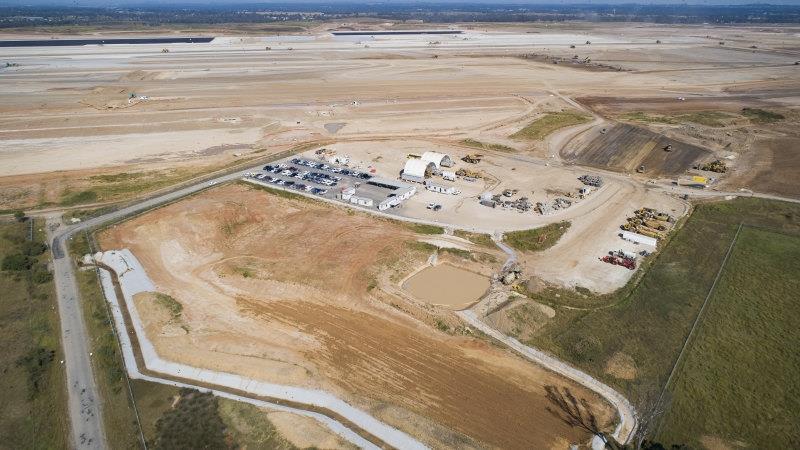Tutankhamun's tomb theories debunked by expert
We use your sign-up to provide content in ways you’ve consented to and to improve our understanding of you. This may include adverts from us and 3rd parties based on our understanding. You can unsubscribe at any time. More info
The research group from Politecnico di Milano were responsible for analysing the orientation of ancient Japanese tombs, known as Kofun. They carried out a study that has never been done before as access to the large number of monuments is usually forbidden in these areas. But now, high-resolution satellite imagery has revealed the true nature of these magnificent ancient tombs.
The researchers discovered that that the tombs are oriented to face the rising sun.
This is thought to be connected to the story of the Goddess Amaterasu.
Japanese emperors linked this to the mythical origin of their dynasty.
The Japanese islands are dotted with hundreds of ancient burial mounds.
The largest are in the typical shape of a keyhole have been dubbed Kofun.


They were built between the third and the seventh centuries AD.
The grandest of all the tombs belonged to the semi-legendary first emperors.
The smaller ones are thought to have belonged to court officers and members of the royal family.
The so-called Daisen Kofun is one of the largest monuments ever to be seen on Earth.
It is around 486 metres in length and about 36 metres tall.

It is traditionally attributed to Emperor Nintoku, the sixteenth emperor of Japan.
The Daisen Kofun belongs to a group of tombs recently inscribed in the UNESCO World Heritage List.
But historians and archaeologists are yet to find written sources on these tombs.
And excavations are rare and tend to be limited to the smaller ones.
Since the largest are considered the tombs of the first semi-legendary emperors, searching them is strictly protected under Japanese law.
But we still do have some understanding about the tombs.
DON’T MISS
End of the world warning as Elon Musk warns of extinction [REVEAL]
Brexit Britain unveils new £200m factory in Yorkshire [REPORT]
Covid breakthrough as ‘Achilles’ heel’ of virus found [INSIGHT]

The researchers explain in the study paper: “In the first and the last part of the Kofun period, the keyhole tombs were preferably built atop small hills.
“In the middle Kofun period, especially in the 5th century AD, flat areas were preferred, not away from the coast, so that the mounds were visible from great distances, both from mainland and the sea.
“In these cases, huge quantities of earth were needed, taken from the moat’s excavations but also from distant areas, showing that the building of these large projects involved several villages.”
By studying the tombs using high-resolution satellite images, remote sensing investigations revealed unknown this unknown information about the tombs.
The team measured the orientation of more than 100 Kofuns.

They found there was a strong connection between the Kofun entrance corridors with the arc in the sky where the Sun and the Moon are visible every day of the year.
The Daisen Kofun was found to be oriented towards the Sun rising at the winter solstice.
The researchers also speculated why the tombs were built in a keyhole shape.
The study paper said: “The curious and seemingly inexplicable keyhole shape is nothing more (and nothing less) then a simple representation of the rising Sun behind a sacred mountain as a tribute to the name of the land which was under the emperors’ rule.”
Source: Read Full Article


